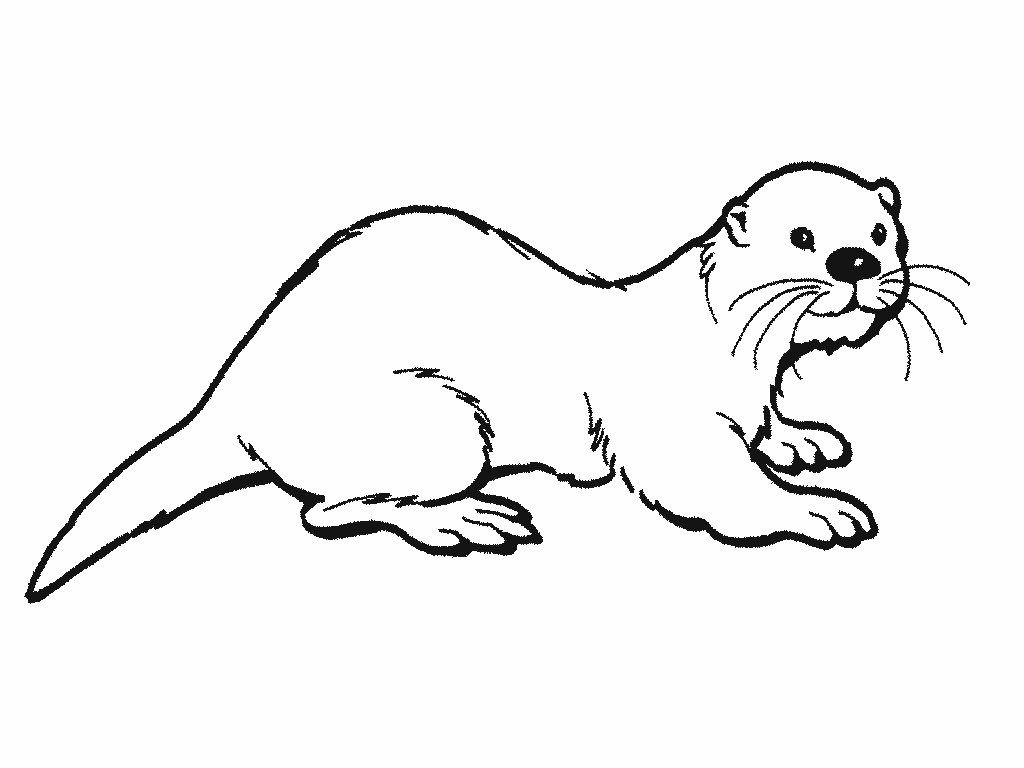Prepare the printer and click on the following otter coloring pages. Then, you will find drawings of otters of different types: kawaii, cartoon, realistic and more.
You can print these otter coloring pages and color them as you like. You can color them with colored pencils, markers, watercolors, tempera colors, or other techniques. Happy coloring.
Free Otter Coloring pages

animal jam otter coloring pages bobcat 
baby otter coloring pages 
coloring book pages sea otter 
free sea otter coloring pages 
kids otter coloring pages 
otter coloring pages 
river otter coloring pages 
sea otter coloring pages printable 
sea otter coloring pages 
sup otter coloring pages
Otter is an aquatic mammal that lives in rivers but also in the sea. Otter is believed to be one of the most intelligent species on the planet, as they can even build tools.
Otters are fascinating animals and, for this reason, we tell you all about them. Therefore, they are aquatic mammals with large, hydrodynamic, and slightly flattened bodies.
Otters can measure between 60 and 85 centimeters long, apart from their tail, which can be almost half of their body. Their legs are short, and between their toes, they have a membrane that helps them dive and swim.
Their fur has a brownish back and a grayish belly, and their fur is waterproof. Their fur helps them maintain body heat when they are in the water.
Regarding their longevity, otters live between eight and 15 years, although they can live up to twice as long in captivity. Despite what many people believe, otters do not feed on berries and plants.
They mainly eat fish, so we can say that they are carnivores, although some species eat frogs, and others, which live in tropical areas, dig at the bottom of rivers to find shrimp or crabs.
Otters live almost everywhere globally – except Australia and Antarctica – and usually inhabit the banks of rivers or lakes. Still, there are some marine species, which typically prefer fresh, temperate water.
However, thanks to their waterproof hair and several layers of fat, they can withstand cold waters. They live in shallow water areas because although they are aquatic, they spend many hours a day on land lying in the sun.
Usually, they nest in swampy areas, marshes, or forests surrounded by water, allowing them to hide very well and escape from predators.
It should also be noted that otters do not have many predators: their greatest danger is humans, who covet their pelts.
Although they are aquatic animals, they make their dens on land. Some dig in the ground to make their dens, but others build nests in branches on rocky banks.
If it is not the breeding season, otters do not live in the caves and have a fixed home. They define a territory in which they live and defend and in which they move around.
We can find specimens of these animals in various places, such as Asia and Africa, in tropical waters. In North America, too, there is a type of sea otter that also feeds on mollusks.
And it is striking that in South America, there is a type of giant otter that, although it appears in many different countries, most of them live on the banks of the Amazon in Brazil.